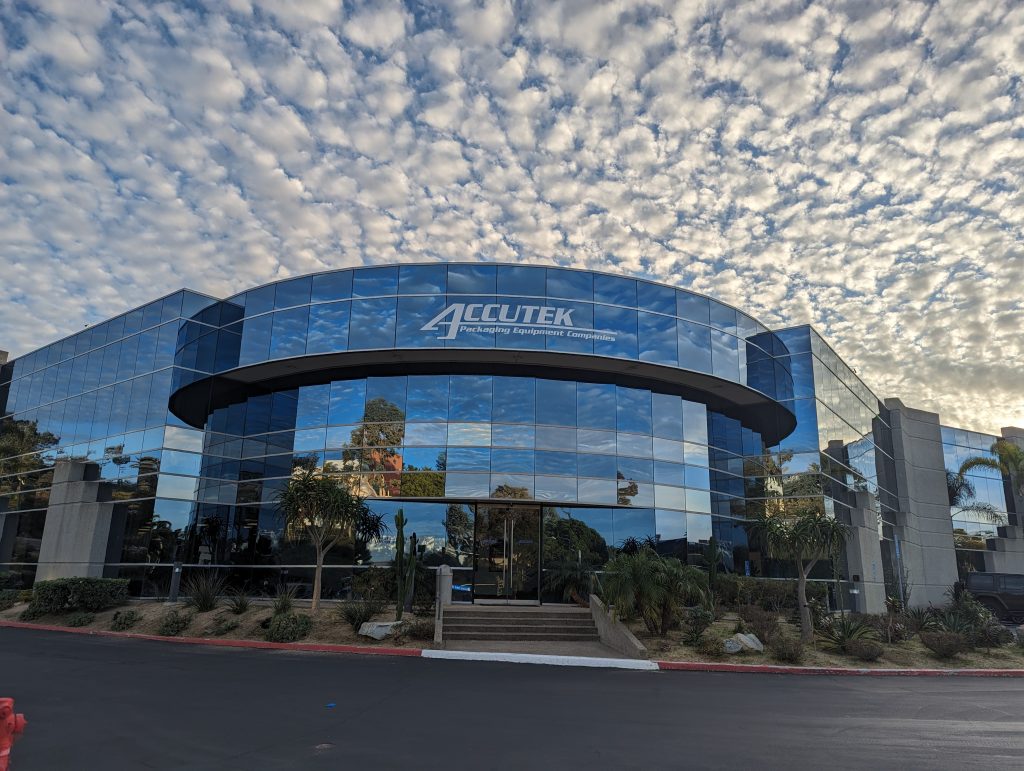In the dynamic world of cosmetics manufacturing, efficiency, accuracy, and product quality are paramount. Selecting a suitable filling machine is crucial to ensure seamless production processes and meet the demands of the ever-evolving market. However, navigating the myriad of options can be daunting, and certain pitfalls must be avoided to make informed decisions.
In this guide, we’ll explore common mistakes to steer clear of when picking filling machines for the cosmetics industry, ensuring your operations run smoothly and efficiently.
1. Picking the Wrong Machine for Your Needs:
One of the most critical mistakes to avoid is selecting a filling machine that doesn’t align with your specific requirements. Cosmetics come in various viscosities, textures, and packaging formats, necessitating tailored solutions.
Failure to consider factors such as the type of product, container size, and filling technique can result in inefficiencies and compromised product quality. Ensure the chosen automatic filling machine can handle the unique demands of the cosmetics you produce, whether it’s creams, lotions, serums, or liquids.
2. Not Considering Your Budget:
While it’s tempting to prioritize upfront costs, focusing solely on a budget can be shortsighted. Investing in low-cost filling machines that lack essential features or reliability may lead to higher expenses in the long run due to maintenance, downtime, and potential product wastage.
Instead, strike a balance between upfront investment and long-term value by considering factors such as operating costs, maintenance requirements, and ROI. Remember, quality equipment is a worthwhile investment for the efficiency and success of your cosmetics manufacturing operations.
3. Avoiding the Size of Bottles and Containers to be Filled:
The size and shape of bottles and containers used in cosmetics packaging vary widely, from small jars to large bottles and everything in between. Neglecting to consider these factors when selecting filling machines can result in compatibility issues and inefficient production processes.
Ensure the chosen packaging equipment is compatible with the range of bottle sizes and shapes you use and can accommodate any future changes or expansions in your product line.
4. Not Considering the Speed of the Machine:
Production efficiency is key to meeting consumer demand and staying competitive in the fast-paced cosmetics industry. Therefore, it’s essential to evaluate the speed and throughput capacity of automatic filling machines before making a decision.
Investing in equipment that can fill bottles quickly and accurately ensures higher productivity and shorter lead times. Consider factors such as fill rates, cycle times, and production volumes to choose a machine that aligns with your operational requirements.
5. Inadequate Features of the Machine:
Another common mistake is overlooking essential features and functionalities when selecting filling machines. Features such as precise filling accuracy, adjustable fill volumes, customizable settings, and compatibility with different types of cosmetics are crucial for achieving consistent results and maintaining product quality. Additionally, consider advanced features like integrated bottle capping equipment and automatic filling capabilities to streamline your production processes further.
6. Not Acquiring a Service Agreement:
A service agreement or warranty is essential for ensuring ongoing support and maintenance for your filling machines. Failing to acquire a service agreement leaves you vulnerable to unexpected breakdowns, prolonged downtime, and costly repairs. Before finalizing your purchase, negotiate a comprehensive service agreement that covers routine maintenance, troubleshooting, and technical support. A proactive approach helps minimize disruptions to your operations and ensures optimal performance of your equipment.
7. Not Understanding the Working of the Equipment:
It’s crucial to thoroughly understand how the chosen filling machines operate to maximize their efficiency and effectiveness. Inadequate training or lack of familiarity with the equipment can lead to errors, suboptimal performance, and safety hazards.
Invest in comprehensive training programs for your operators to ensure they are proficient in operating and maintaining the filling machines. Additionally, provide ongoing support and resources to keep your team updated on the latest advancements and best practices in equipment operation.
8. Overlooking Maintenance and Troubleshooting:
Regular maintenance is essential for prolonging the lifespan of filling machines and preventing costly breakdowns. However, overlooking maintenance requirements or neglecting troubleshooting procedures can lead to avoidable disruptions in production. Develop a proactive maintenance schedule that includes routine inspections, lubrication, and calibration of equipment components.
Additionally, establish clear troubleshooting protocols and designate trained personnel to address any issues promptly. By prioritizing maintenance and troubleshooting, you can minimize downtime and maintain the reliability of your filling machines.
Final Thoughts
Selecting the right filling machines is a critical decision for cosmetics manufacturers, impacting production efficiency, product quality, and overall business success. By avoiding common mistakes such as picking the wrong machine, neglecting budget considerations, and overlooking essential features, you can ensure smooth operations and maximize the value of your investment.
Prioritize compatibility, efficiency, and reliability when selecting filling machines, and invest in ongoing support and maintenance to optimize performance and profitability. With careful consideration and informed decision-making, you can navigate the complexities of choosing filling machines for the cosmetics industry and position your business for success in a competitive market.



